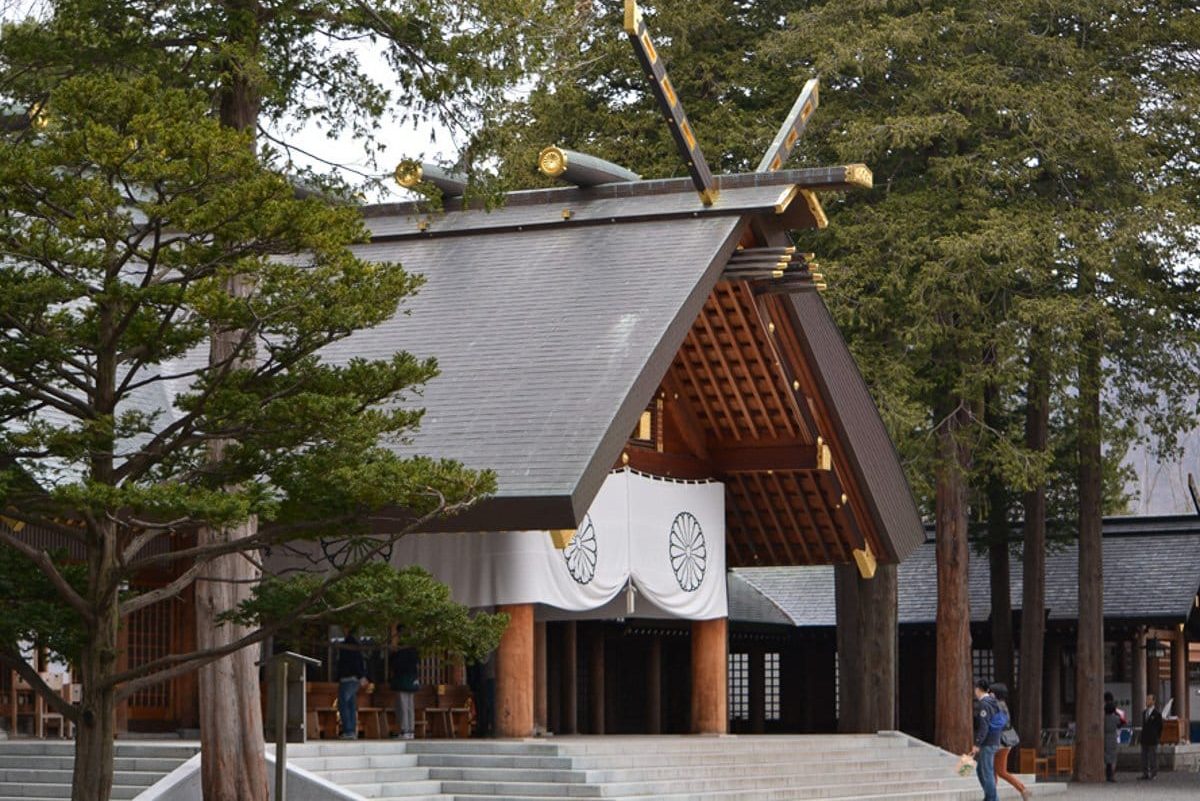Covid-19 related requirements when travelling to Japan
, by Ayaka
This is our guide to visiting Japan as a tourist now that Covid-19 border closures have been lifted. We will endeavour to keep this page up to date but we recommend that you double check official sources before you travel.

Is Japan open for tourism?
Japan re-opened to all tourist visitors from October 11 2022, after two and half years of border restrictions. The immigration process is largely the same as how it was before the pandemic. As of April 29th 2023, visitors to Japan from a large number of countries including Australia, New Zealand, the UK, the USA, Hong Kong, Singapore and many EU countries are no longer required to present proof of vaccination or a negative Covid-19 test result upon arrival in the country.
Do I need a visa?
The government has reinstated Japan’s visa waiver program, allowing nationals from 68 countries to visit the country for up to 90 days without applying for a visa in advance. If you didn’t need a visa to travel to Japan before the pandemic, you can travel here visa-free again as of October 2022.
However, some security restrictions to guard against Covid-19 remain in place for travellers holding mainland Chinese passports. If you are a Chinese citizen, you will need to apply for a special tourist visa. To find out more about how to obtain this visa and which one applies to your travel, please see information on the Ministry of Foreign Affairs's official website.
Before you travel
Get travel insurance that covers Covid-19 related medical expenses
You will be required to pay for all expenses in the event that you are hospitalised for Covid-19 (Japan no longer requires tourists who get sick during their travels to isolate). Hospital bills can add up quickly and if you are unable to pay, you may be banned from visiting Japan in the future. Travel insurance with Covid-19 coverage will take care of these expenses for you.
If you are travelling independently, we also recommend that you look for an insurance provider with telephone interpretation support. Visitors on a tour should check that their tour operator can provide Japanese interpretation in the event of an emergency.
Fill Out Your Landing Card and Customs Declaration
You will receive these forms on the plane from your cabin attendants but don't worry if you lose them-- they are also available just before you pass through immigration at the Japanese border.
Please fill them both out before passing through immigration and be sure to fill these out truthfully— not doing so may result in detention, financial penalties or even deportation from Japan if you are found out.
Arriving in Japan
Once your flight lands, the only thing standing between you and a hot bowl of ramen is quarantine, immigration and customs checks. These could take a matter of minutes or over two hours, depending on how busy the airport is. Very long wait times of several hours were reported during the peak cherry blossom season (late Mar-early Apr) in 2023 so be prepared to spend quite some time in a queue during busier times of the year.
After landing, you will be asked to pass through a simple health-check station, usually compromising of a monitor measuring body temperatures and a sponge mat with a disinfectant on it to remove harmful bacteria or parasites from your shoes.
Then, you will head to immigration. This part of the process usually takes the longest! Please line up in the queue for international passports and wait to be called. Present your passport and the landing card you filled in on the plane.
Once you are all done with immigration, head to baggage reclaim, pick up your luggage and hand in the customs declaration card as you exit to the arrivals hall.
Once you are in Japan
The Japanese government downgraded their risk assessment of Covid-19 in May 2023, putting it at the same level as the flu. While travelling within Japan you are expected to follow the same measures we locals take to avoid spreading any infectious diseases.
Mask Use
From March 2023 wearing a mask is at your own discretion. Mask use is gradually dwindling here in Japan, but many people still choose to wear them as they were common long before the pandemic. Many Japanese wear them during hayfever season, if they have a cold, or to keep faces warm over winter (which is why you see them a lot in Hokkaido's winter). We expect mask use to persist for the foreseeable future.
While there is no requirement to wear a mask any more, you may still encounter shops or restaurants where wearing them is required for entry. For this reason, we still recommend carrying a small pack of masks when you travel here. They will also be appreciated by those around you should you find yourself feeling unwell!
You may also want one handy in the unlikely event that you need to visit a hospital or doctor. Masks are often still politely requested at medical facilities.
What happens if I get sick?
If you develop Covid-19 symptoms while travelling in Hokkaido, you should contact the Hokkaido Foreign Resident Support Center who will help you get tested and advise what to do next. If you test positive, you are no longer required to isolate. However, we strongly advise that you change your plans to rest and avoid situations where you could spread the infection to others.
A local tour operator like Adventure Hokkaido is best placed to help you plan your dream trip to Hokkaido, we speak the language and can support you both in planning and once you are here.
Ready to pack your bags and join us?
Check out our tours to experience the best of Hokkaido, with support from our team